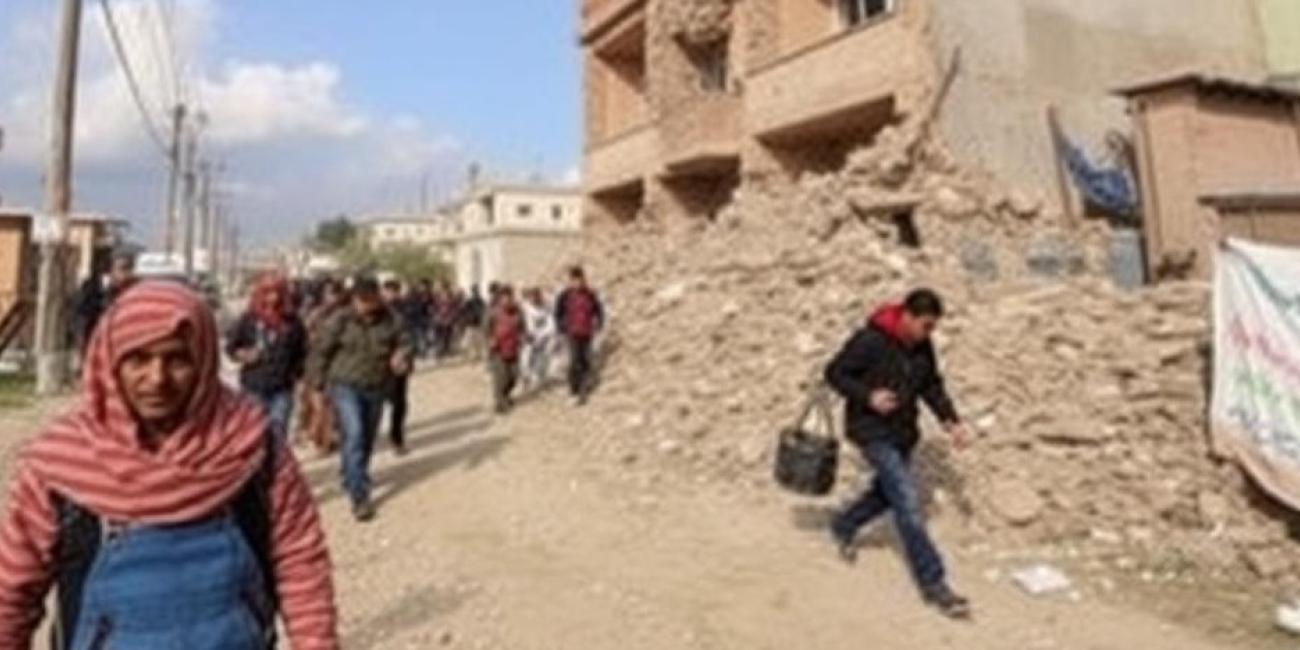Reports have emerged of earthquakes in Ethiopia, prompting the evacuation of thousands of residents from their homes.
A series of tremors were recorded on Saturday, 4th January, including a 5.8-magnitude earthquake. Over the course of 24 hours, a total of 10 earthquakes were recorded.
Geologists attribute the seismic activity to the expansion of tectonic plates beneath the region. While no casualties have been reported so far, authorities are closely monitoring the situation.
The earthquakes have caused widespread alarm and led to evacuations in the country’s remote northern regions. Ethiopia, situated along the Great Rift Valley—one of the most tectonically active zones in the world—remains highly susceptible to such events.
The tremors follow months of seismic activity, which have affected rural areas in Afar, Oromia, and Amhara. According to the Ethiopian government’s communication service, approximately 2,000 people have been displaced. Efforts are underway to provide temporary shelter for the most vulnerable among the 80,000 residents in the affected areas.
The government issued a press statement addressing the situation, noting that the magnitude and frequency of the earthquakes are increasing.
Experts have been dispatched to assess the damage. The latest earthquake, with a magnitude of 4.7, struck just before midday near Metehara in Oromia.
The tremors have also raised concerns about a potential volcanic eruption at Mount Dofan in the Afar region, which had been dormant until now.



